
The Caves
Along the northern face of PNG’s main mountain cordillera, where it falls from Enga Province down to the Sepik River Plains, more than 300 caves contain the evidence of human habitation over thousands of years, making it the largest cave art complex by far in the Southern Hemisphere.
The Karawari Cave Arts team has recorded over 100 of these hand stencils and other images they contain. Some images are contemporary, others are speculated to be 20,000 years old (like those found in Borneo to the north and Western Australia to the south).
Map of Sepik River
Aerial view of the Karawari River, tributary of the Sepik River
The Sepik River bisects the northern part of Papua New Guinea from west to east. It is home to 250 or more language groups and some of the last big tracts of primary rainforest in the island of New Guinea
it is owned and inhabited by some of the last semi- nomadic hunter-gatherer groups in world. The Alamblak/Geijo, the Ewa and the Penale people who own these caves have only moved out from their caves in this generation. The Meakambut, a Penale clan, continue to live in them.
The Karawari Cave Arts team has begun the long process to restrict this area to commercial exploitation by declaring it to a conservation zone.
The cave owners are working with us to study their forest and record their caves as part of a campaign to save their culture and their rainforest. The recording, surveying and exploring of this area has been conducted by Papua New Guinean fieldworkers, biologists and landowners, under the supervision of the Karawari Cave Arts team.
What makes this cave art complex unique is that…
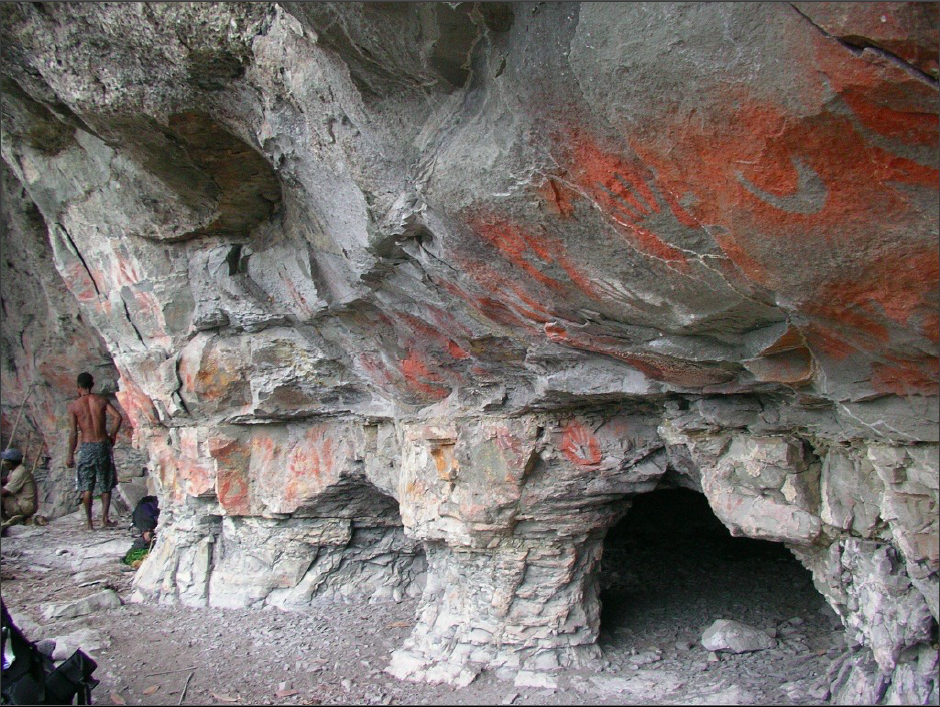
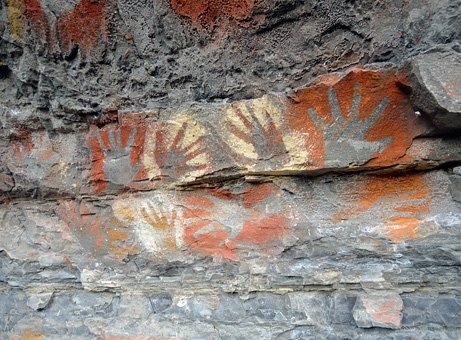
Hand stencils at Pundimbung stone cave, Awim

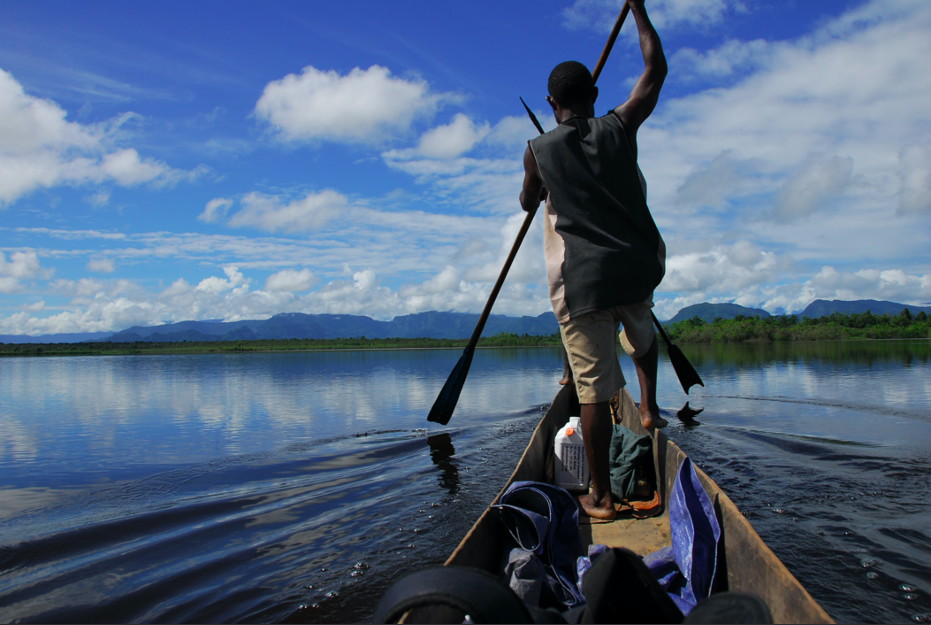
Yimas Lake
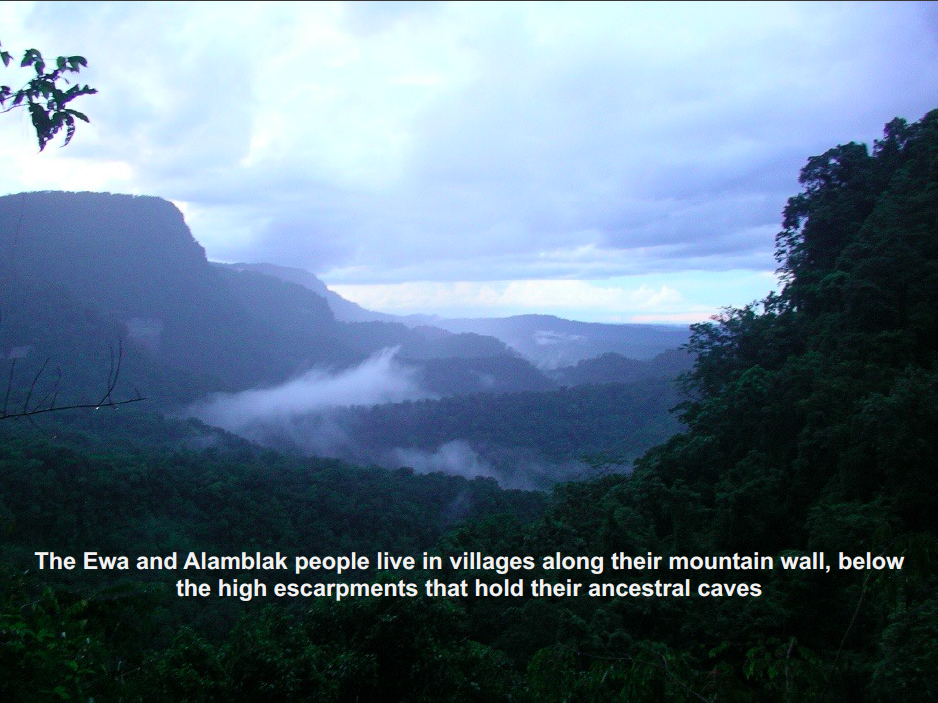
Meakambut mountain range- Penali

Nick from Awim - Penali
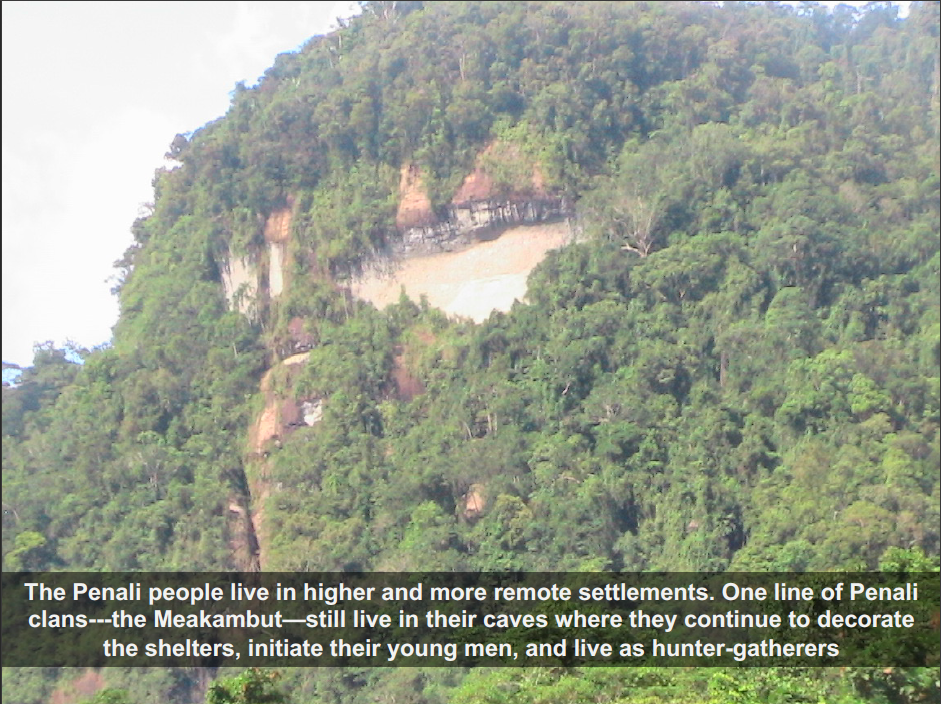
Limestone Cave escarpment- Meakambut
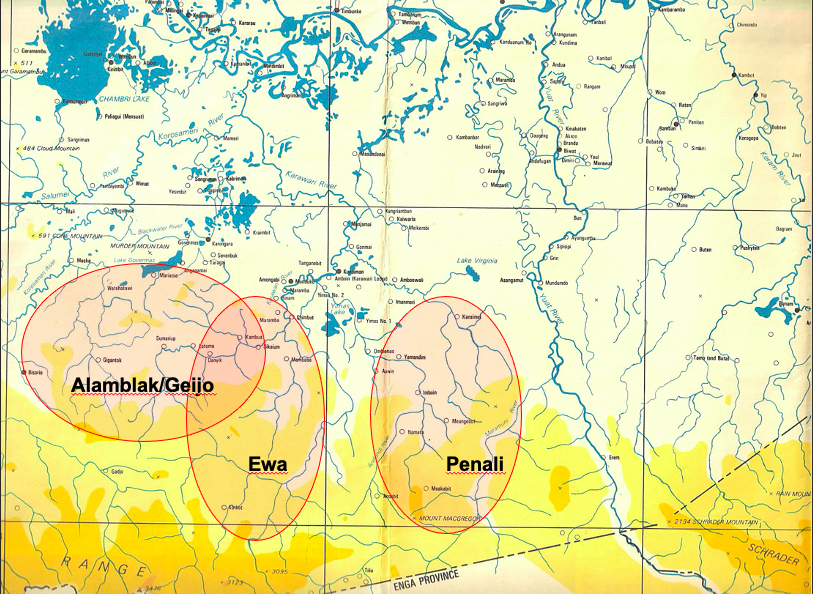
3 languages (tribal groups) of Karawari

Desmon in Awim cave

Hand stencils at Awim stone cave

Nadim stone cave visitation, Awim
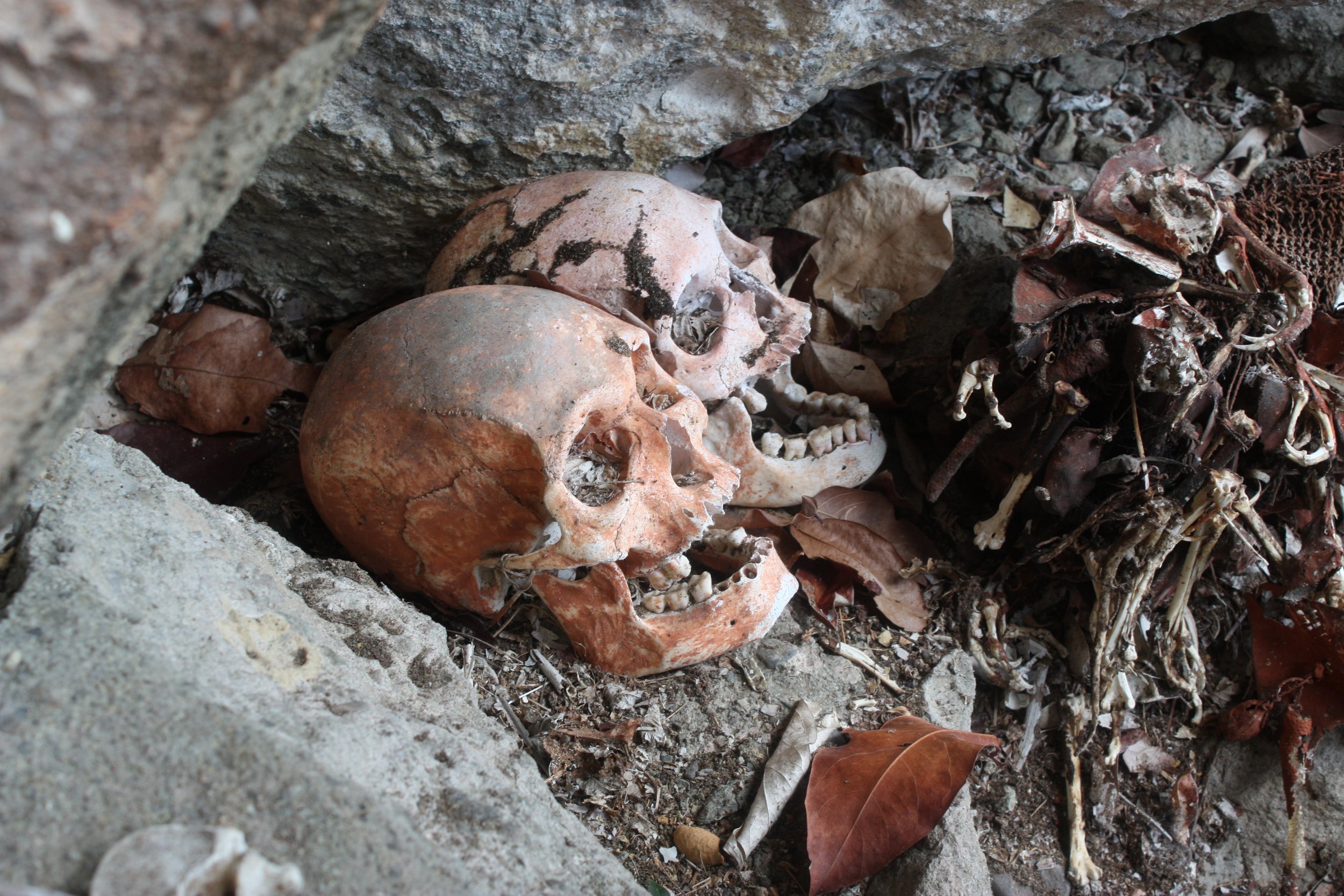
human skulls

more human skulls

skulls and bones found in cave

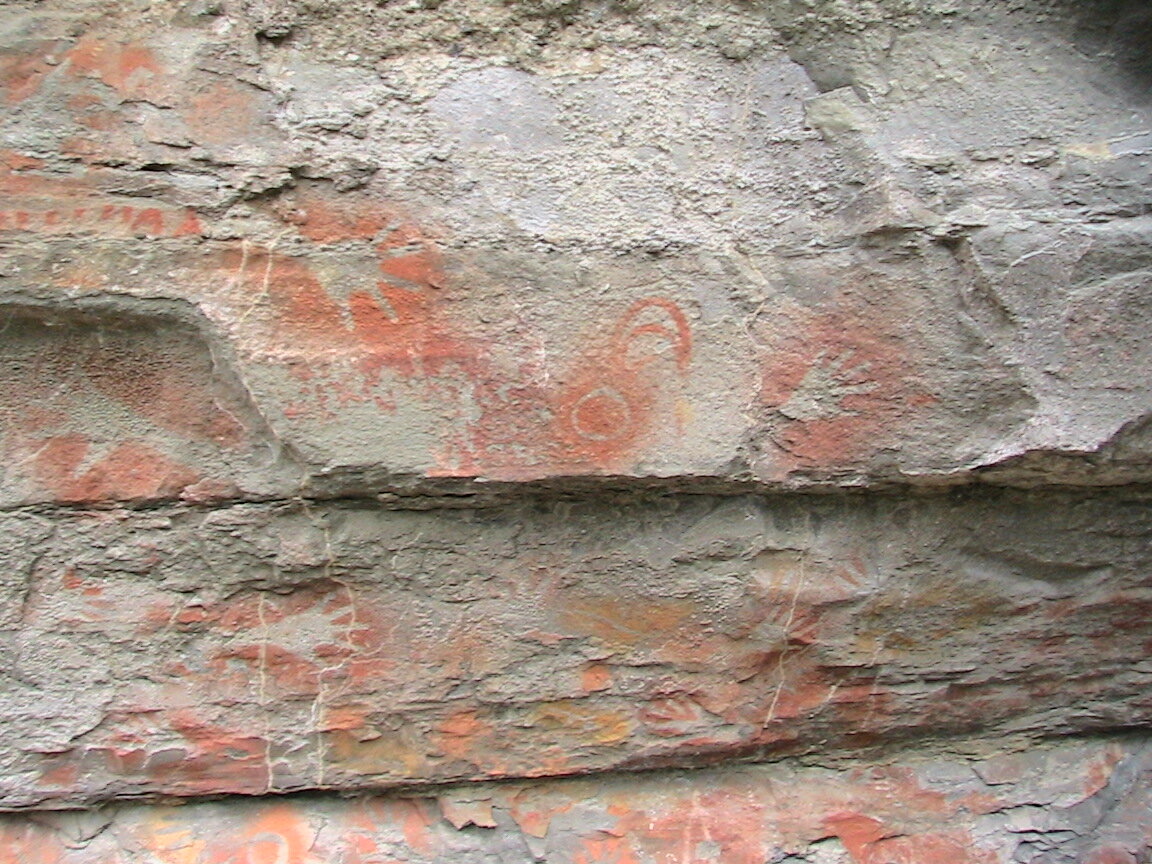
Drawings at Pundimbung stone cave

Cave owner, Christen Kimbisae, at Kundumbu stone cave
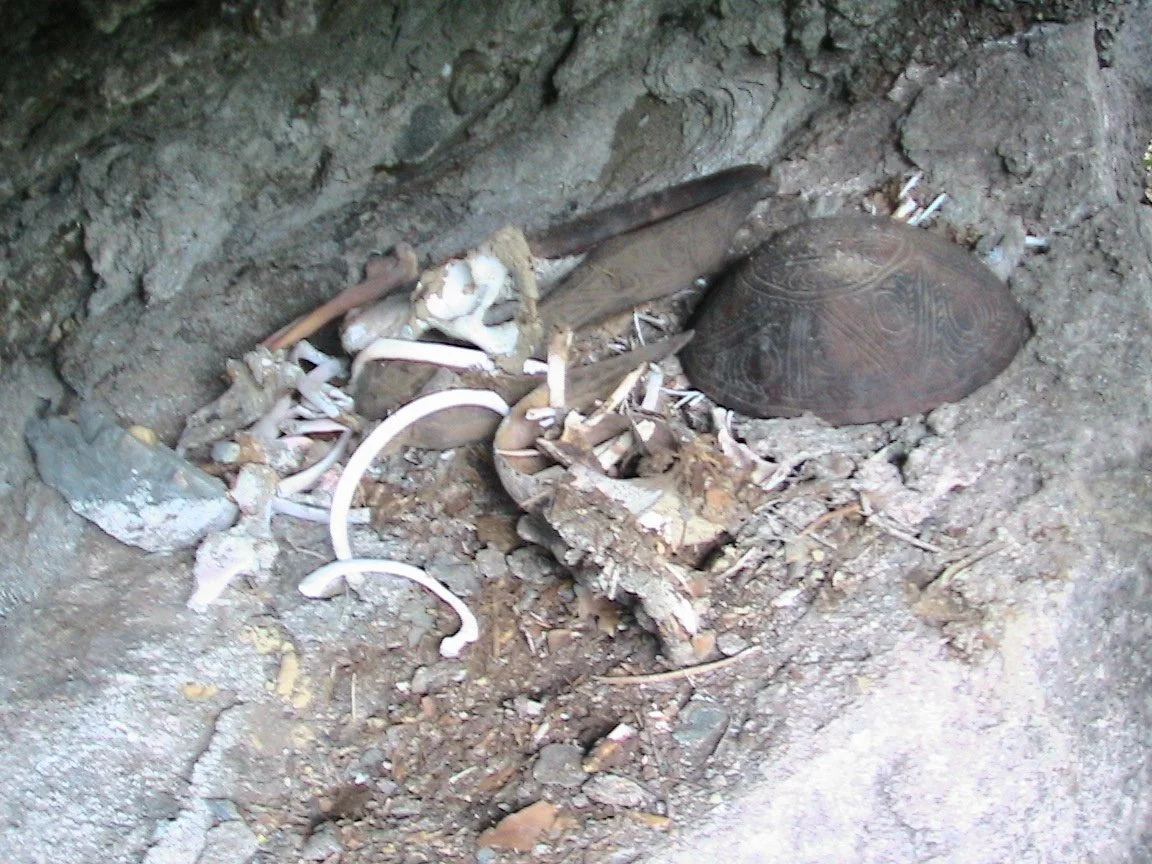
Kina shell, human bones, jaw bone- Awim Cave

visiting Nadim stone cave, Awim

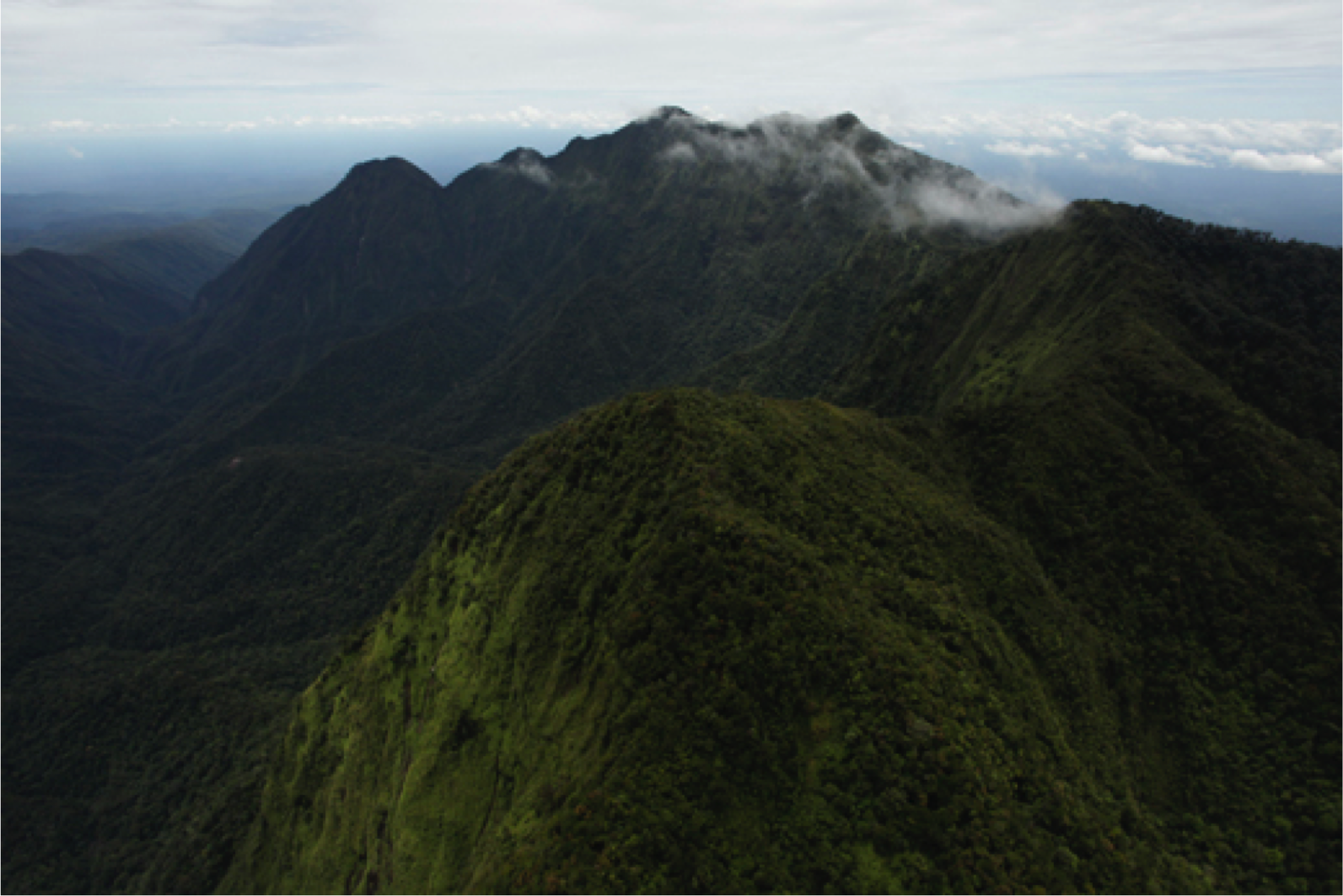
Awim mountain range

Late Dr Nancy Sullivan in Imboin

Awim Cave




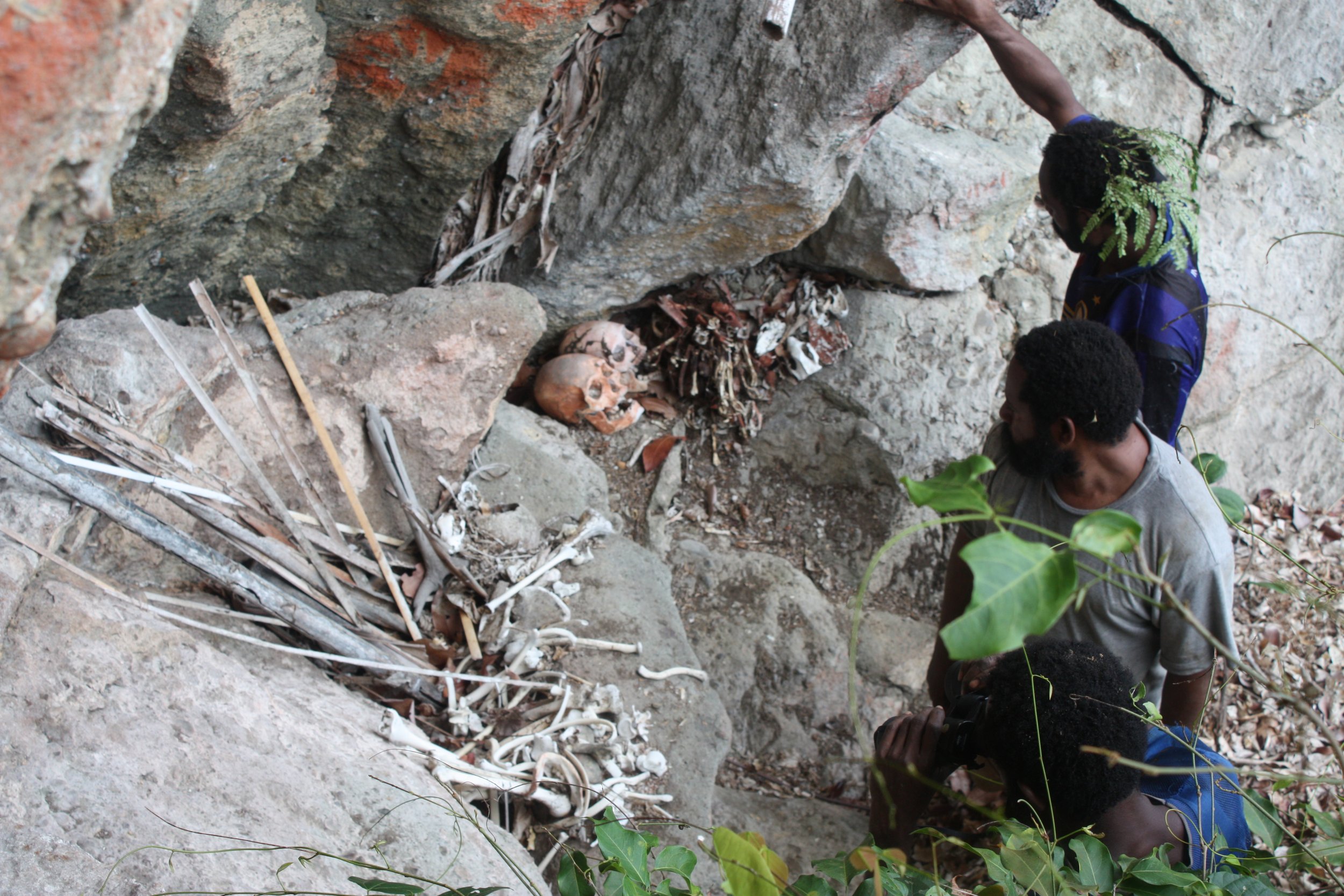

Anton - Meakambut


